Home>Interior Design>We Asked Home Organizers Which Items Make Rooms Feel Small – They Told Us To Remove These 5 Things
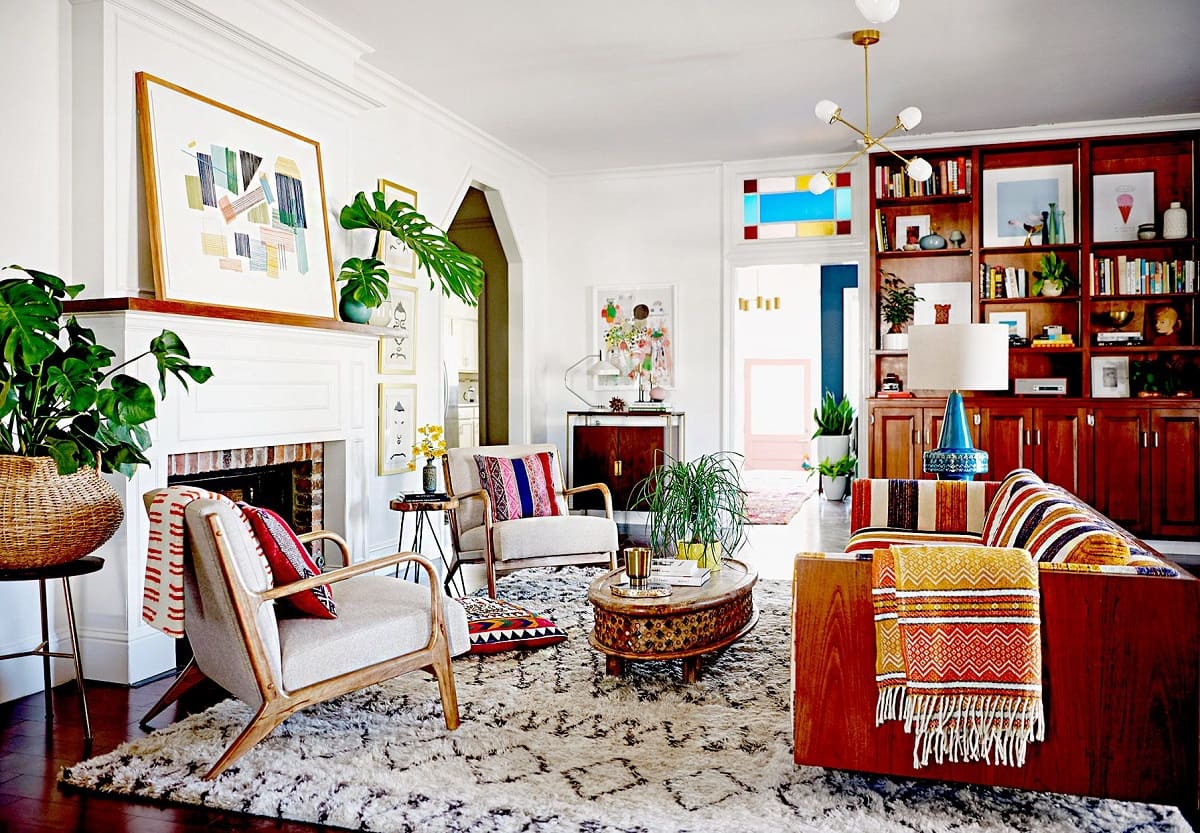

Interior Design
We Asked Home Organizers Which Items Make Rooms Feel Small – They Told Us To Remove These 5 Things
Modified: January 5, 2024
Discover the 5 items recommended by home organizers to remove from your space, as they can make your rooms feel small. Enhance your interior design by optimizing your living area.
(Many of the links in this article redirect to a specific reviewed product. Your purchase of these products through affiliate links helps to generate commission for Storables.com, at no extra cost. Learn more)
Introduction
When it comes to interior design, creating a sense of space and openness is crucial in making a room feel inviting and comfortable. However, sometimes our best intentions can work against us, inadvertently making our rooms feel smaller and more cramped than they actually are. To shed some light on this common issue, we reached out to home organizers and asked them about the items that often contribute to a sense of limited space. Their insights can help guide us in making the necessary adjustments to transform our rooms into spacious and airy sanctuaries.
Whether you have a small apartment or just want to create a sense of grandeur in a larger space, the tips provided by home organizers can be applied to any room. By addressing the following five key culprits, you can effectively open up your space and create a more expansive and inviting environment.
Key Takeaways:
- To create a spacious feel in any room, prioritize minimalist furniture, strategic decorations, and a balanced color scheme. Embrace open, airy designs to visually expand your living space and enhance comfort.
- Lighter window treatments, strategic use of dark colors, and decluttered furniture can transform any room into a visually expansive sanctuary. Embrace simplicity and openness to create a comfortable and inviting living environment.
Cluttered Furniture
One of the most common reasons why a room feels small is due to cluttered furniture. When there are too many pieces crammed into a space, it can give the illusion of limited square footage, making the room feel cramped and overwhelming. To combat this, home organizers recommend taking a minimalist approach and only including essential furniture pieces that serve a purpose.
Start by evaluating the functionality of each piece of furniture in the room. If it doesn’t serve a practical purpose or enhance the overall design, consider removing it. This will create more breathing space and allow the remaining furniture to shine. Additionally, choosing furniture with exposed legs or open bottoms can create the illusion of more floor space, making the room feel larger.
Another way to prevent cluttered furniture is to maximize vertical space. Utilize tall bookshelves or wall-mounted storage units to keep belongings organized and off the floor. This not only creates more room to move around, but also adds a sense of height to the room, making it feel airier and more open.
Lastly, consider the size and scale of your furniture pieces. Oversized furniture can easily overpower a room and make it appear smaller than it is. Opt for appropriately sized furniture that is proportionate to the room. This will allow for better flow and circulation in the space, ultimately making it feel more spacious.
Excessive Decorations
While decorations can add personality and style to a room, too many decorative items can quickly make a space feel cluttered and crowded. Home organizers advise keeping decorations to a minimum and strategically selecting pieces that contribute to the overall aesthetic without overwhelming the space.
When it comes to decorations, less is often more. Rather than scattering multiple small items throughout the room, opt for a few statement pieces that can create visual interest without creating visual clutter. This could be a large piece of artwork, a statement mirror, or a beautifully designed vase. Focus on quality rather than quantity.
Additionally, consider the placement of your decorations. Avoid placing too many items on horizontal surfaces such as coffee tables and shelves, as this can create a chaotic and crowded look. Instead, opt for vertical displays on walls and utilize empty spaces to give the room a more open and expansive feel.
Incorporate decorations that reflect light and create a sense of brightness. Mirrors, for example, not only add a touch of elegance but also reflect light within the room, making it appear larger and more spacious. Opt for decorative items with reflective surfaces or metallic accents to enhance the feeling of openness in the space.
Lastly, be mindful of the color scheme and overall style of your decorations. Bright and airy colors can instantly make a room feel more spacious, while dark or heavy colors can have the opposite effect. Stick to a cohesive color palette that flows throughout the room, and choose decorations that align with the overall design style to create a harmonious and uncluttered feel.
Consider using multi-functional furniture to maximize space in small rooms. For example, a storage ottoman can serve as both a seat and a place to store items, reducing clutter and making the room feel more spacious.
Dark Colors
Dark colors can be incredibly appealing in interior design, adding depth and sophistication to a space. However, when used incorrectly or excessively, they can make a room feel smaller and more enclosed. To create a sense of spaciousness, home organizers recommend a strategic and balanced use of dark colors.
One of the key principles to keep in mind is contrast. By pairing dark colors with lighter shades, you can create a visual balance that prevents the room from feeling too heavy or closed off. For instance, if you have dark-colored walls or furniture, consider incorporating lighter-colored accents such as cushions, curtains, or rugs to offset the darkness and add a sense of brightness.
Another effective strategy is to use dark colors as accents rather than as the dominant color scheme. This can be done through statement pieces, such as a dark-colored accent wall or a bold piece of furniture, which create interest and depth in the room without overwhelming the space. By limiting the amount of dark colors in the room, you allow the light to bounce off the surfaces, creating an illusion of spaciousness.
When it comes to flooring, consider opting for lighter-colored options. Light-colored floors reflect more light and make the room feel more expansive. Light wood, light-colored tiles, or even light-colored carpets can help to visually expand the space.
Lastly, take advantage of natural light. Dark colors absorb light, so if you have limited natural light sources in the room, it is important to be mindful of the color palette. By choosing lighter colors, maximizing natural light, and incorporating strategically placed mirrors, you can create a bright and open atmosphere that counteracts the potentially shrinking effect of dark colors.
Bulky Window Treatments
Window treatments, such as curtains or blinds, can greatly impact the perceived size of a room. Bulky or heavy window treatments can block natural light, create a sense of enclosure, and make a room feel smaller. To maximize the feeling of spaciousness, home organizers suggest opting for lighter and more streamlined window treatments.
One of the first considerations is the type of window treatment. Heavy drapes or thick blinds that fully cover the windows can make a room feel cramped. Instead, choose lighter materials such as sheer curtains or blinds that allow natural light to filter through and create an open and airy ambiance.
Another important factor to consider is the color of the window treatments. Lighter-colored curtains or blinds can help reflect natural light and make the room feel brighter and more spacious. Choose colors that complement the overall color scheme of the room, and avoid dark or heavy patterns that can visually weigh down the space.
In terms of the design and style of the window treatments, opt for streamlined options that don’t take up unnecessary space. Avoid overly bulky valances, excessive ruffles, or elaborate tassels that can make the windows appear cluttered and reduce the perceived size of the room. Instead, choose simple and clean designs that enhance the room’s aesthetic without overwhelming it.
If privacy is a concern, there are alternatives to bulky window treatments. Frosted or textured window films can provide privacy while still allowing natural light to pass through. These films create a sense of openness and can make a room feel larger without sacrificing privacy.
Lastly, consider the placement of the window treatments. Hanging curtains or blinds closer to the ceiling and letting them extend to the floor can create the illusion of higher ceilings and taller windows, giving the room a grander and more expansive feel. Additionally, allowing ample space on either side of the window when open can maximize the natural light and create a more open atmosphere.
Read more: How To Fix E2 Error In A Washing Machine
Conclusion
Creating a sense of spaciousness and openness in our rooms is essential for a comfortable and inviting living environment. By addressing common culprits that can make a room feel small, such as cluttered furniture, excessive decorations, dark colors, and bulky window treatments, we can transform our spaces into visually expansive sanctuaries.
Home organizers advise taking a minimalist approach to furniture, selecting pieces that serve a practical purpose and contribute to the overall aesthetic. By choosing furniture with exposed legs or open bottoms, we can create the illusion of more floor space and a lighter, more airy feel.
When it comes to decorations, less is more. Strategic placement of a few statement pieces can create visual interest and avoid a cluttered look. Reflective surfaces and light colors can also enhance the sense of openness and brightness in a space.
Dark colors, while appealing, should be used strategically to prevent a room from feeling enclosed. Balance them with lighter shades and use them as accents rather than dominant colors.
Lastly, consider the window treatments in a room. Lighter materials and streamlined designs can contribute to a more spacious atmosphere. Opt for treatments that let in natural light and compliments the overall color scheme of the room.
By implementing these tips and considering each element carefully, we can effectively create the illusion of space in our rooms, making them feel larger, brighter, and more inviting. Don’t be afraid to experiment and personalize your space while keeping the principles of spaciousness in mind.
Remember, a well-designed room doesn’t have to be physically large; it’s about creating a visual and sensory experience that reflects your style and allows you to feel at ease. So, go forth and transform your rooms into beautiful, spacious havens!
Frequently Asked Questions about We Asked Home Organizers Which Items Make Rooms Feel Small – They Told Us To Remove These 5 Things
Was this page helpful?
At Storables.com, we guarantee accurate and reliable information. Our content, validated by Expert Board Contributors, is crafted following stringent Editorial Policies. We're committed to providing you with well-researched, expert-backed insights for all your informational needs.









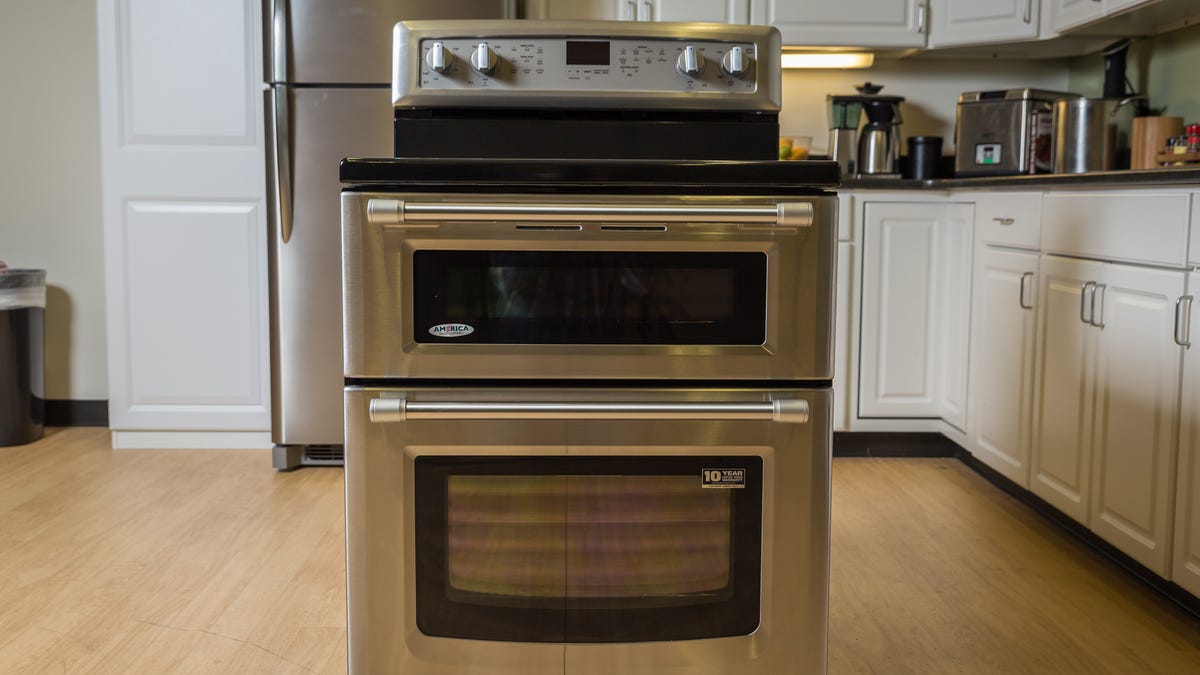
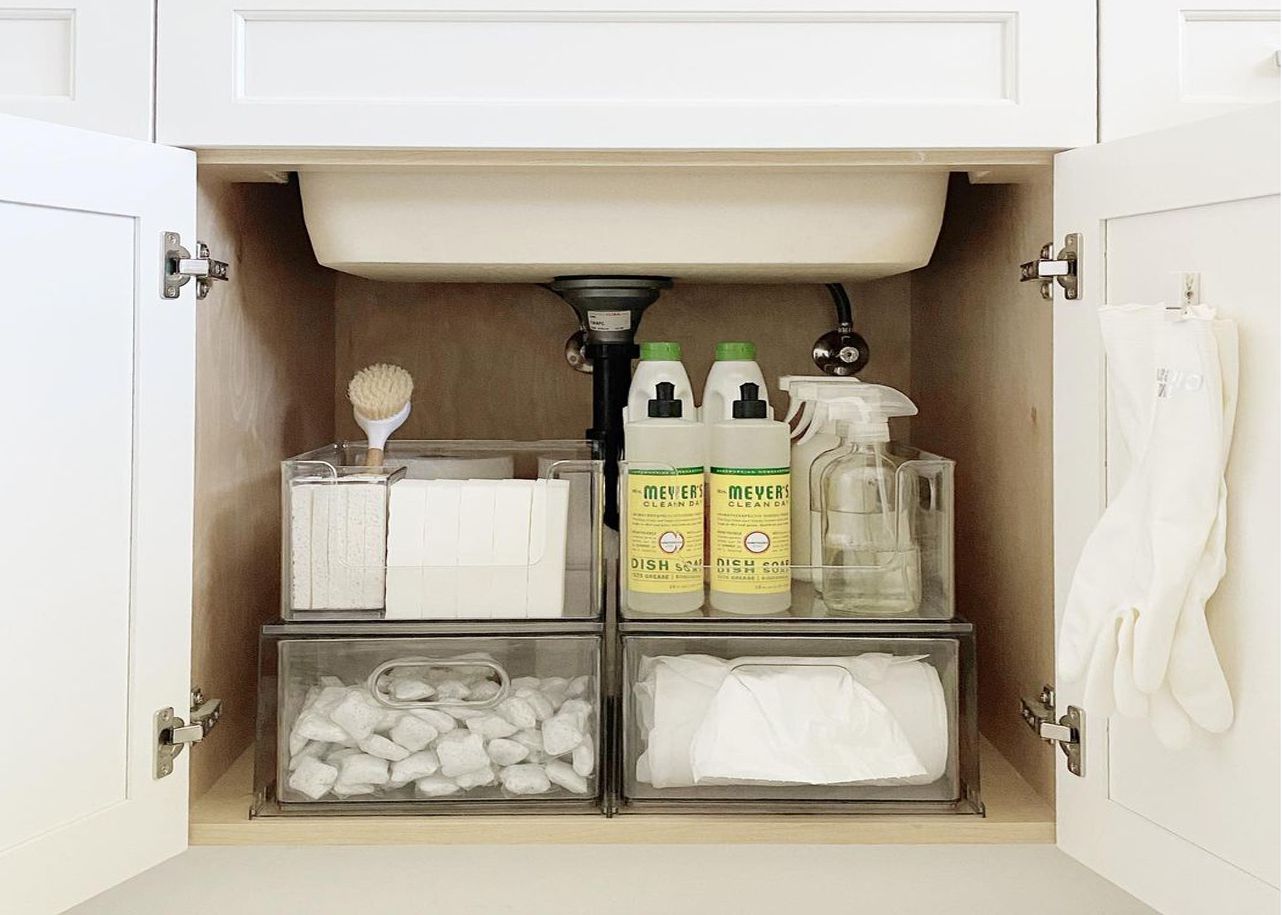
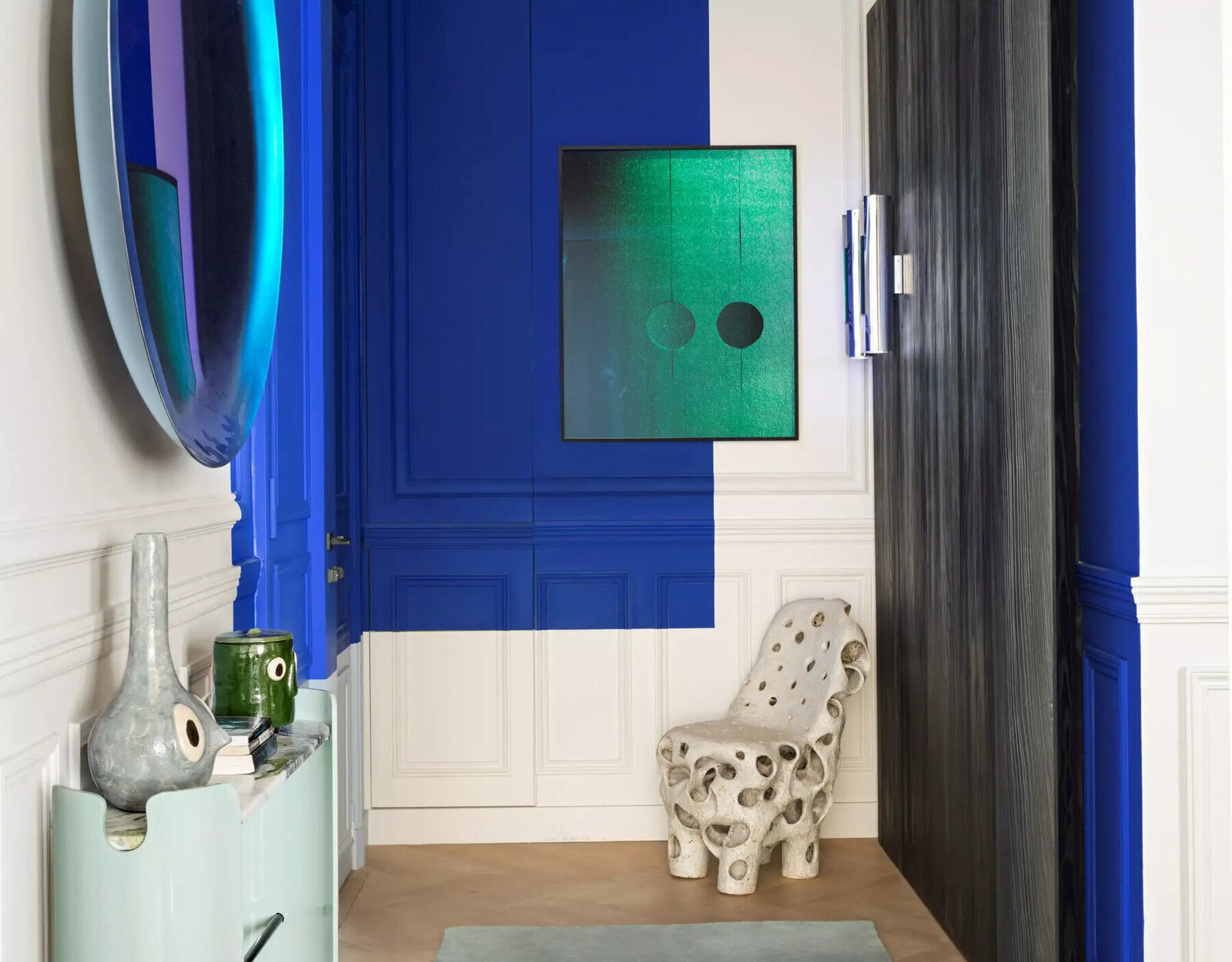
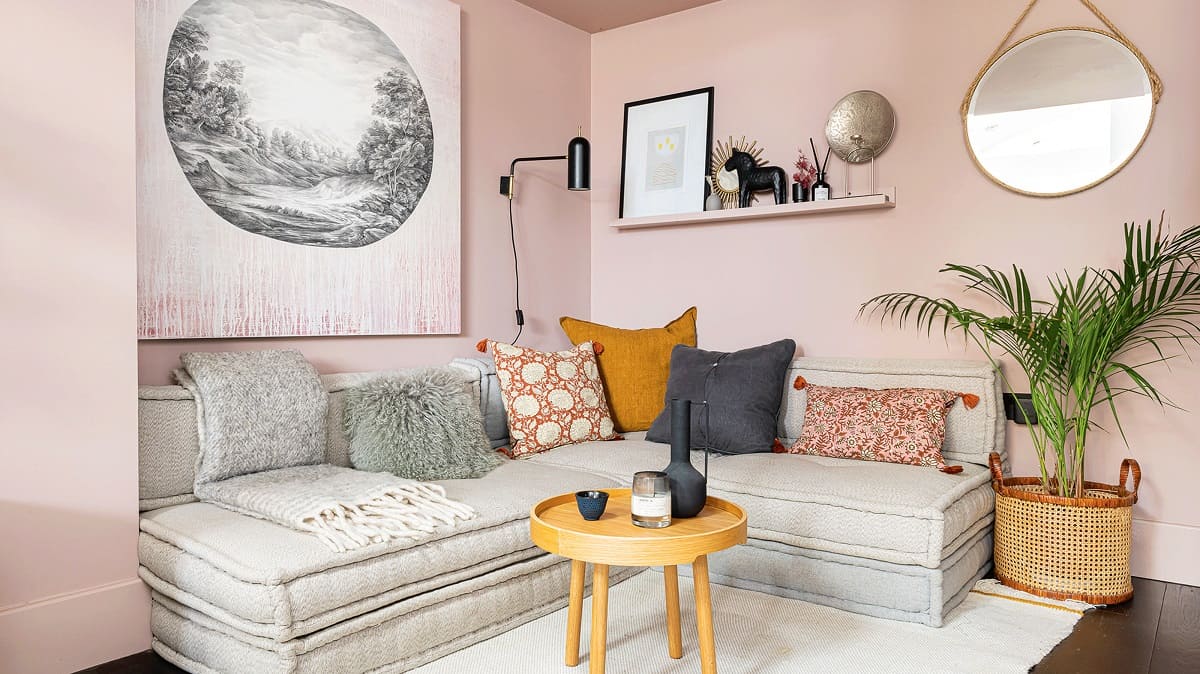
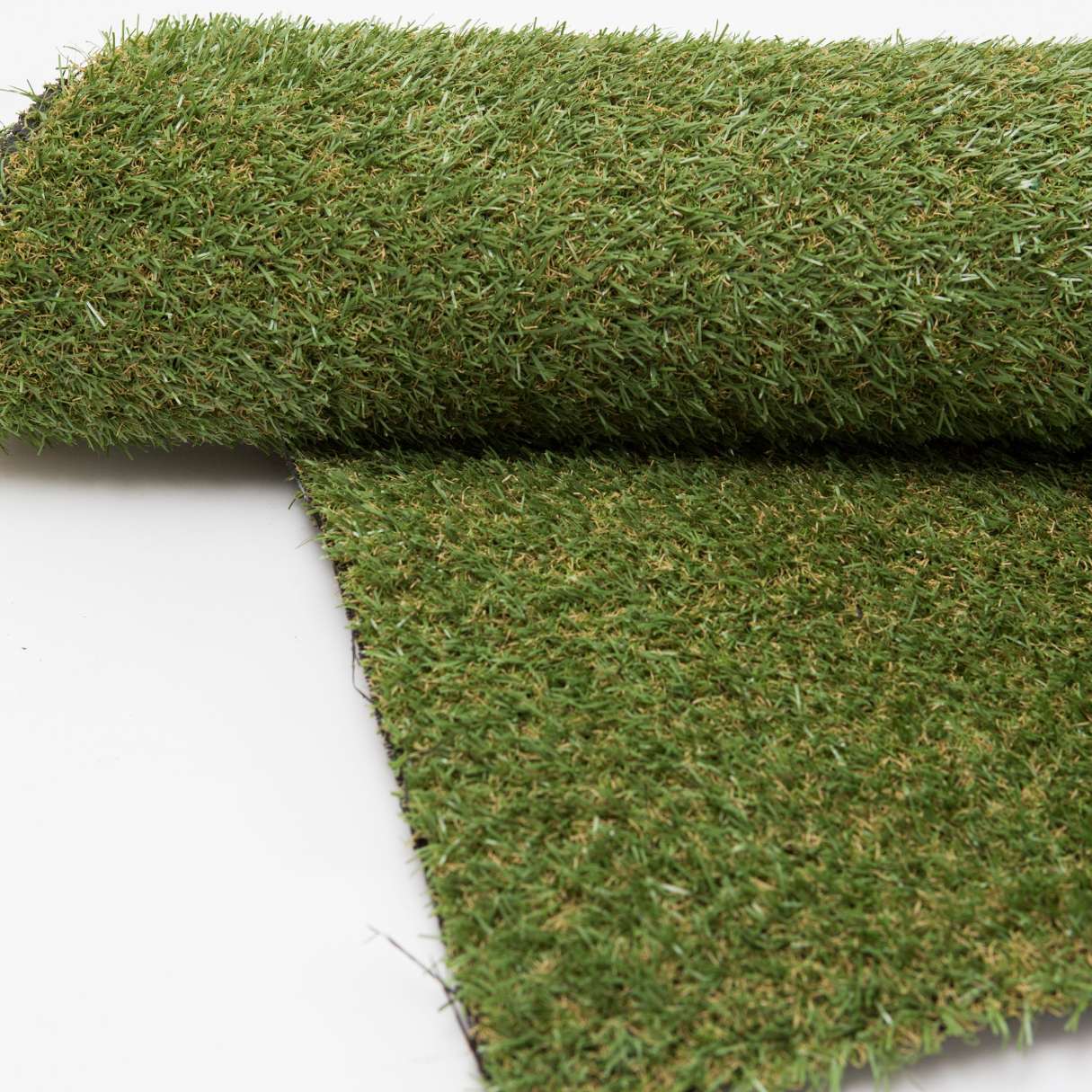

0 thoughts on “We Asked Home Organizers Which Items Make Rooms Feel Small – They Told Us To Remove These 5 Things”